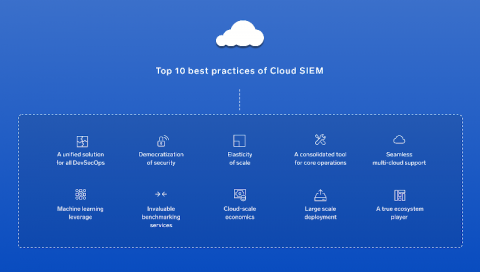Security | Threat Detection | Cyberattacks | DevSecOps | Compliance
SIEM
The latest News and Information on Security Incident and Event Management.
What are Real Time Security Threats?
With the advancements in technology, our businesses heavily rely on the computers, internet and transfer of massive amounts of data. We communicate via internet, store data on cloud systems, or even conduct our business off-site with the help of internet technologies. As an unavoidable result, the sensitive information regarding our customers and organizations are exposed to cyber threats including hackers, data breaches and more.
How Long Should Security Logs Be Kept?
Security logs can be kept by the system itself or various applications that aim to provide security or enhance the efficiency of already installed security software. Read our article to learn more about them and for how long you should keep them.
Why is End-Point Security Important?
Aiming to provide security for end-point users, end-point security is one of the most discussed components of data protection and cyber security. In this article, we will discuss what end-point security is and why it is important for your business. What is an end-point? An end-point refers to a distant device which has back and forth communication with a specific network. Such devices include desktops and laptops, mobile devices like smartphones and tablets, work stations and servers.
EventSentry v4.1
EventSentry v4.1 builds on v4.0 released earlier this year and offers a lot of exciting new & improved features that enhance a variety of different monitoring scenarios.
What are Defence in Depth Measures?
Defence in depth is an approach to IA. It derives its inspiration from the military strategy with the same name. In this article, we explained what defence in depth involves and why it is useful for your organization.
Top 10 best practices of Cloud SIEM
What is Security ChatOps?
ChatOps is one of the hot topics within the cyber security circles today. In this article, we will take a closer look at what it is and why it is useful especially in incident response.
Why SIEM is here to stay: Part 2
Organizations are stretched thin managing increasingly complex environments and ever-expanding threat landscapes. At the same time, adversaries are becoming more organized and sophisticated, resulting in more complex and advanced threats. The current workflow in the Security Operations Center (SOC) – how data is analyzed and acted on – is simply not working. There are too many tools, not enough visibility, and burned-out analysts.







